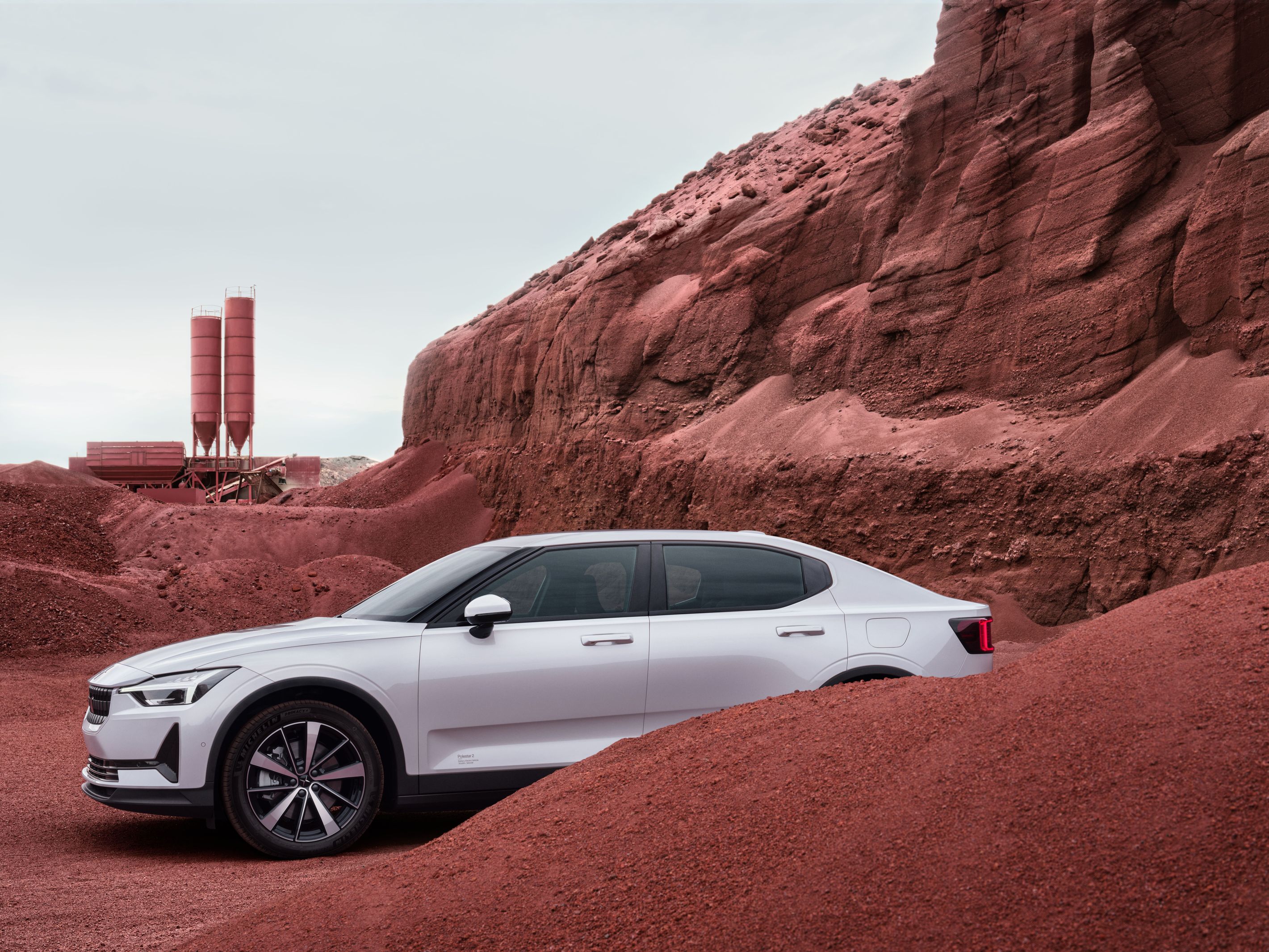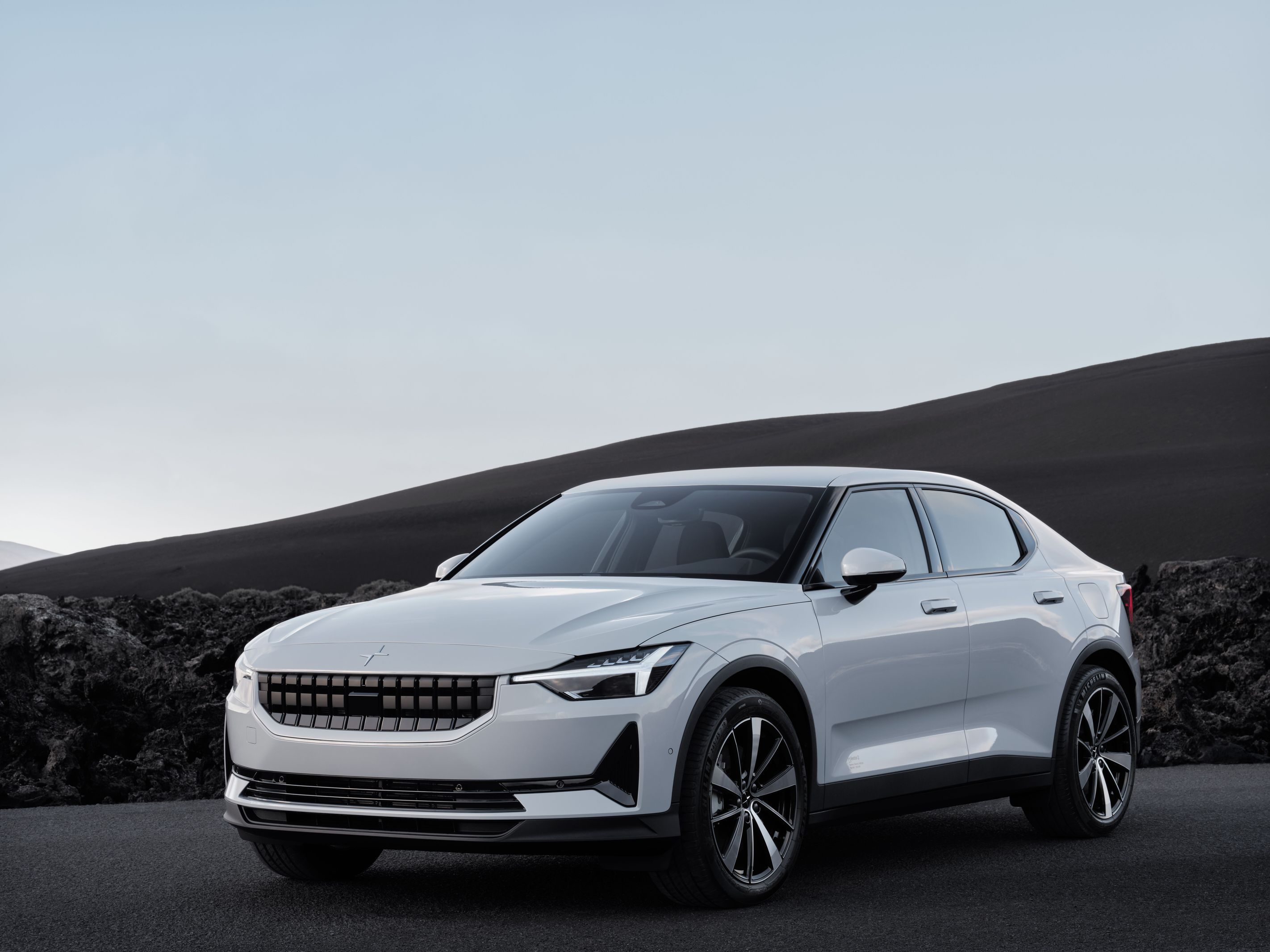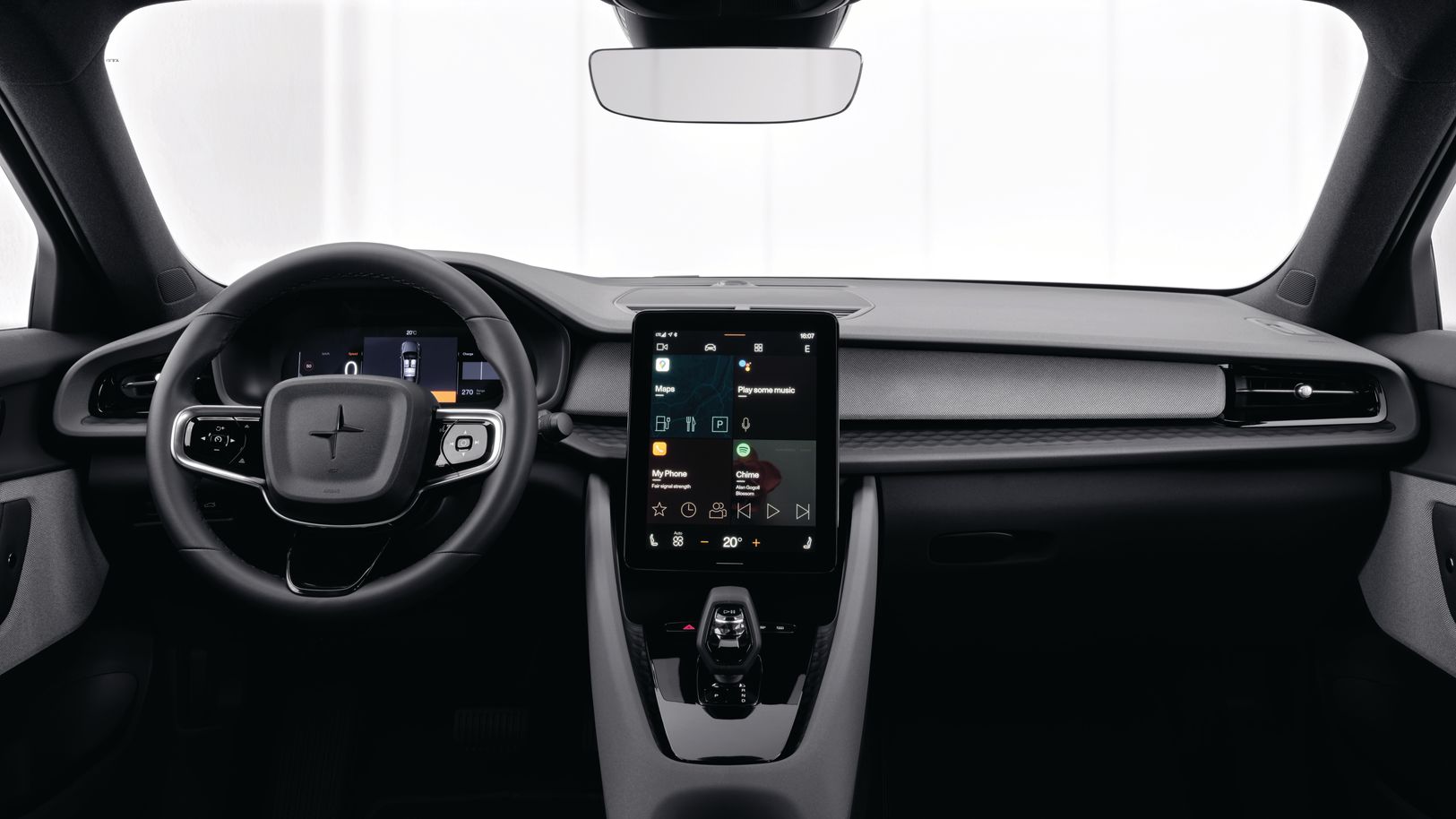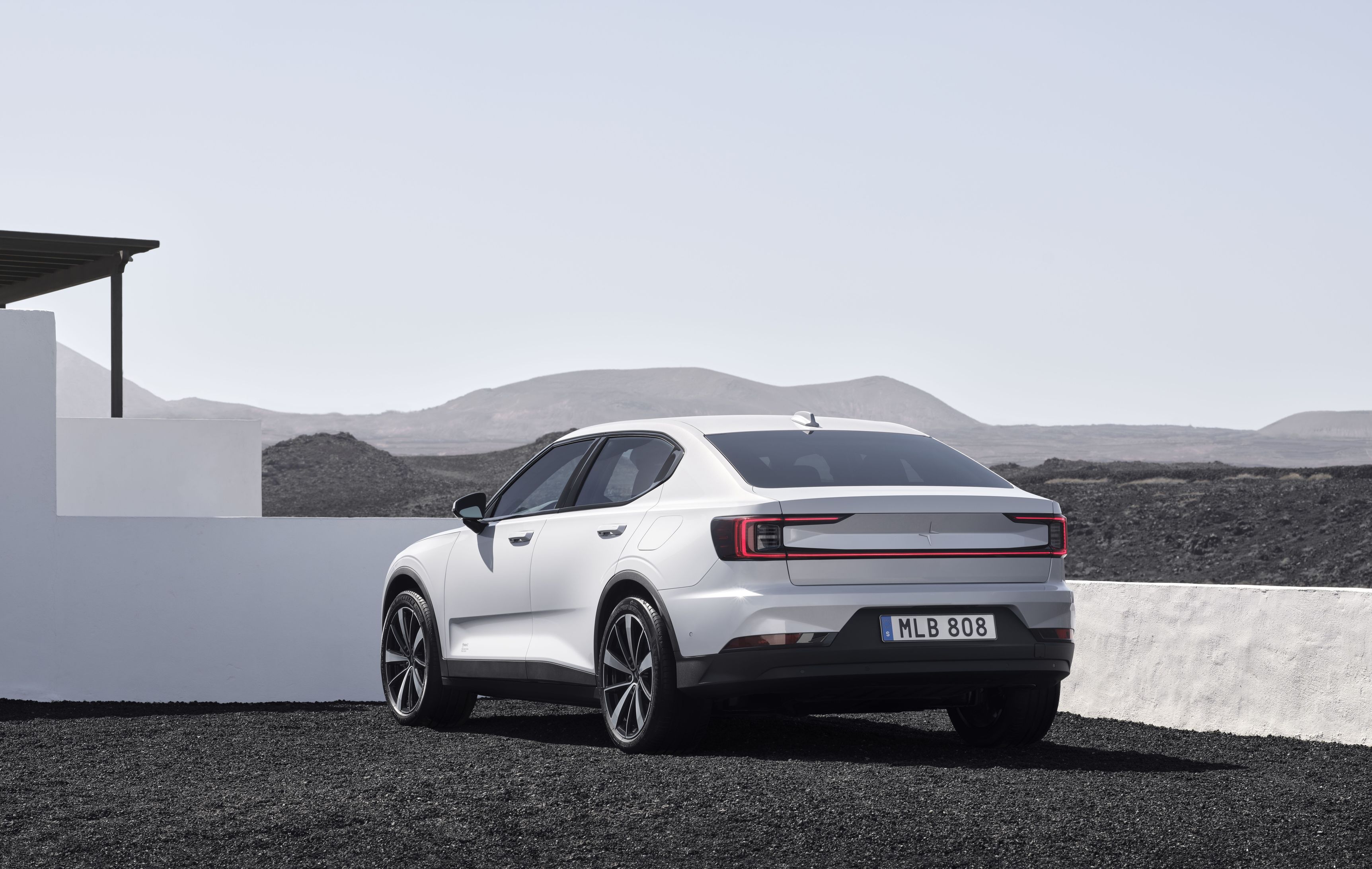If you’ve not heard of this automotive brand, Polestar is a Swedish automotive company that was established in 1996 by Volvo. Four years later, Chinese automotive giant, Geely, who also own the Lotus and Proton brands, acquired Volvo. While the Polestar Company is headquartered in Torslanda outside Gothenburg, Sweden, the production of its vehicles takes place in China, thanks to its Sinitic ownership. The Polestar name originates from the Swedish Touring Car Championship (STCC) “Polestar” racing team.

In 2017, Volvo announced Polestar would begin manufacturing high-end electric performance cars. The Polestar business also functions as an innovation center for Volvo, developing and testing new designs and technologies for the automotive company. In fact, squint your eyes and look a Polestar EV and you’ll be reminded of a Volvo’s silhouette.
Polestar’s current offering is the Polestar 2, which is a fully electric vehicle that combines the styling of a luxury sedan along with the practicality of a hatchback. Currently, Polestar only offers one model of vehicle, while others are planned for the future, including an SUV. For this one model, there are three versions: Standard Range Single Motor, Long Range Single Motor, and Long Range Dual Motor. In single motor options, an electric motor drives the front wheels while in the third option, each axel gets its own motor. Still, whichever option you choose, the Polestar is an amazing and fun car to drive. Its Scandinavian influenced interior is spacious, very pleasing, and even a bit luxurious in a Spartan sort of way. The single-motor versions offer up to 474 km (Standard) 542 km (Long Range), while the dual-motor version is rated to deliver 482 km of range, according to company estimates.
For Portfolio’s test, we drove the Long Range Dual motor version. If purchasing the car, we would choose this version because of its snappier acceleration and performance, even though it gets less on a charge than long range, single-motor car. You can also equip the AWD car with a performance package that includes larger wheels, brakes, tires, and adjustable dampers.

On the version equipped only with the 231-hp single motor, front-wheel drive will zoom to 100 kph in 7.4 seconds. The more powerful dual-motor, all-wheel-drive setup, which generates a whopping 408 horsepower, can rocket to 100 kph in a fast, knuckle-whitening 4.7 seconds. EVs are known and appreciated for their ability to accelerate fast, almost instantaneously. That’s because all the torque is transferred directly from the motor to the wheels without the use of a gearbox and complicated mechanics.
As with most EVs, Polestar comes with regenerative braking to recoup some of the power and recharge batteries. The Polestar has three levels of regeneration with the strongest capable of bringing the car to a complete stop. All you have to do is take your foot off the accelerator. We found this level annoying, as the deceleration was harsh, unnatural, and uncomfortable. The intermediate settings were fine.
(Related: The Hybrid Solution by Lexus)

While the Polestar’s interior is minimalistic, it does bring together fabric, metal, and man-made materials in a simple yet clever way. The cabin looks modern, with clean lines, a monochromatic color palette, and there are a minimal number of knobs and buttons. The Polestar 2 borrows from its Volvo cousins, like the steering-wheel buttons, but the overall design is less fussy, like a good piece of Scandinavian furniture. One feature we really liked was the tinted glass roof, which helped give the interior a large and open feel. If you need more space, rear seats will fold down in a 6/40 split. There's another tiny amount of storage in the “frunk” or front trunk, as there is no petrol engine in that space.
Inside, the Polestar you’ll find a 32-cm digital instrument cluster and a centrally located iPad-like touchscreen. The screen is 28 cm and handles most car functions and selections. The car also has a voice recognition and speech system that is able to understand and carry out instructions. Just say, “Hey Google!,” and the system responds to your request. You can turn on the radio, or even get directions from a very friendly AI.
The Polestar 2 comes loaded with several standard driver-assistance and safety features, such as automated emergency braking with pedestrian detection, adaptive cruise control, automated lane guidance, and blind-spot monitoring. Meanwhile, Polestar’s limited warranty covers pretty much what other EV manufacturers offer, while the batteries are covered for eight years, just two years shy of Singapore’s 10-year COE limit.

Some reviewers touted this car as the “Tesla Killer” because it offered a little bit more luxury than a Tesla for nearly the same price. The car we tested came in at about S$269,000 and that included COE and optional upgrades. The base price of the standard, single motor model is around S$211,000, including COE. The Polestar does have an amazingly good ride with exceptional handling and can go toe-to-toe with a Tesla while doing it in a bit more style.
While the Polestar 2 doesn’t provide the most range or the quickest acceleration among EV competitors, it drives really well, looks like a Volvo, and boasts excellent interior design. While we wouldn’t use the term “killer” in any way, we do think that the Polestar is pointing in the right direction and is an exceptional EV for those thinking of ditching the now antiquated internal combustion engine.















 Back
Back